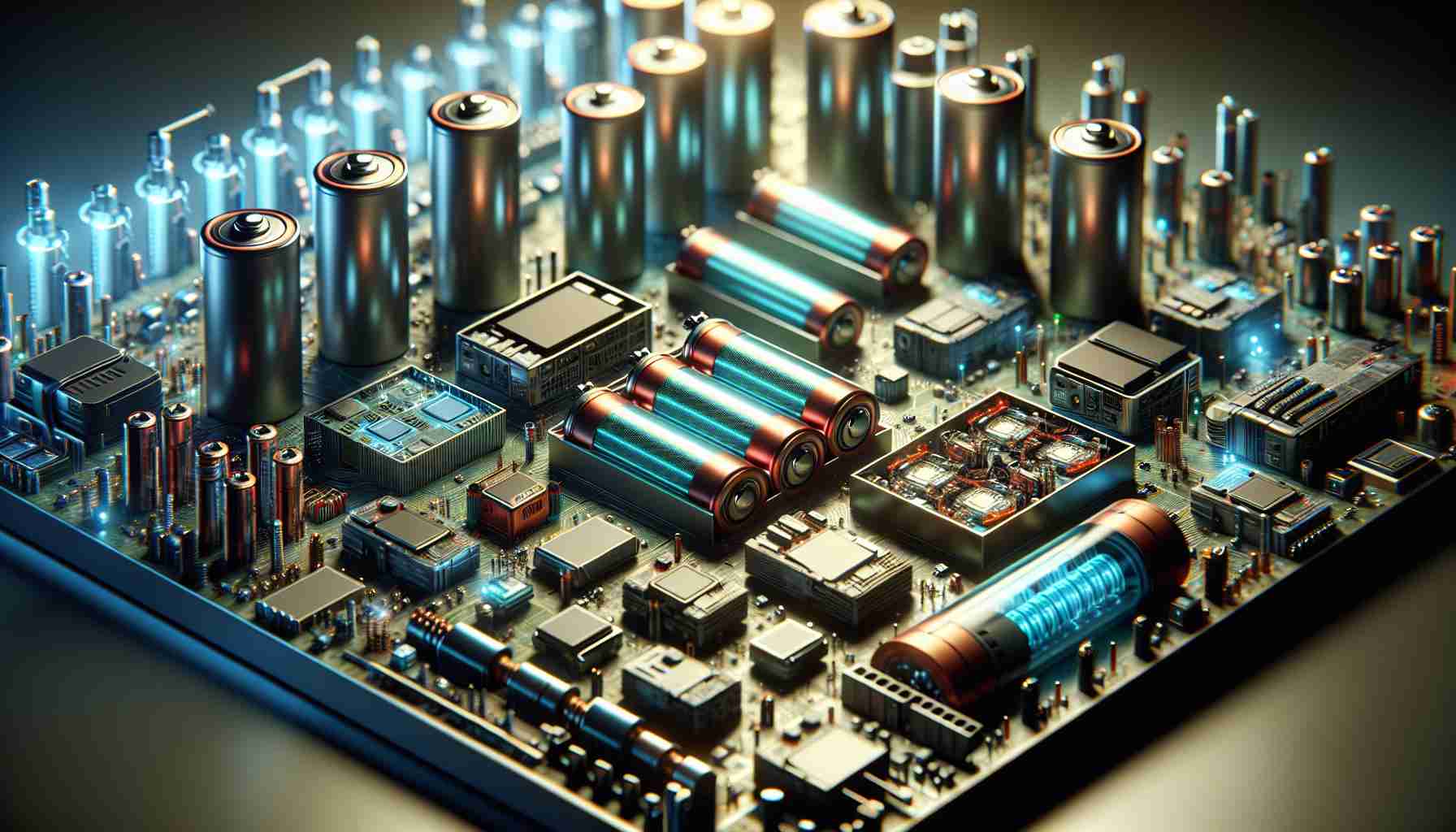In the rapidly evolving landscape of technology, the emergence of solid-state batteries signifies a monumental shift. Unlike traditional lithium-ion batteries, which contain liquid electrolytes, solid-state batteries utilize a solid electrolyte, promising significant improvements in performance and safety.
Efficiency and Longevity: Solid-state batteries offer higher energy densities, which means they can store more power in a smaller space. This efficiency translates to extended battery life and faster charging times—crucial advancements for electric vehicles (EVs) and portable devices. As the demand for sustainable energy storage surges, these batteries could be the key to longer-lasting, more efficient EVs, potentially driving the transition from gas to electric vehicles even faster.
Safety Advancements: Traditional lithium-ion batteries carry the risk of leaks and flammability, but solid-state alternatives nearly eliminate these hazards. The solid electrolytes are non-flammable, enhancing safety and reliability, a critical factor for consumer electronics and electric vehicle manufacturers aiming to minimize risks.
Environmental Sustainability: The production of solid-state batteries could have a smaller environmental footprint. The materials used can be more easily recycled, and their longer lifespan means fewer replacements, contributing to less waste.
While still in developmental stages, companies like Toyota and QuantumScape are investing heavily in solid-state technology, forecasting a major breakthrough in the next few years. As the race to revolutionize energy storage accelerates, solid-state batteries could be the key to unlocking a sustainable, electrified future.
The Solid-State Battery Revolution: Innovations and Insights
The advent of solid-state batteries represents a transformative moment in technology, especially in the realms of energy storage and sustainability. As companies such as Toyota and QuantumScape invest heavily in research and development, the potential for these batteries to redefine various industries is becoming increasingly apparent. Here’s a deeper dive into the new developments and what they mean for the future.
Innovations in Solid-State Battery Technology
Solid-state batteries are at the forefront of battery innovation, featuring several key advancements over their lithium-ion counterparts. The solid electrolytes used in these batteries do not just enhance safety but also play a crucial role in boosting performance. Recent innovations focus on improving electrolyte materials to increase ionic conductivity, which is essential for faster charging and better energy density. New solid-state models are being developed with innovative composite materials that could further improve battery performance and longevity.
Market Impact and Predictions
The solid-state battery market is poised for significant expansion. According to market analysis, the solid-state battery sector could see exponential growth, driven by increasing demand for more efficient and safer energy storage solutions. This technology is expected to become integral to electric vehicles, consumer electronics, and even renewable energy systems, sparking widespread industry shifts as companies adopt solid-state solutions to meet sustainability and efficiency goals.
Security and Safety Features
Safety is a defining feature of solid-state batteries. Unlike traditional batteries, the solid electrolytes used reduce the risk of thermal runaway, a common cause of battery fires. This technology could dramatically decrease incidents of battery-related accidents, particularly in electric vehicles and industrial applications, making them a more secure choice for consumers and manufacturers alike.
Environmental and Sustainability Benefits
The sustainability of solid-state batteries extends beyond their recyclable materials and longer lifespan. By mitigating the need for frequent replacements, they substantially reduce the environmental impact compared to conventional battery technologies. Moreover, the potential to use less toxic materials aligns with global efforts to minimize ecological footprints and move towards greener technology solutions.
Potential Challenges and Limitations
Despite their promise, solid-state batteries face several challenges. Manufacturing complexities and high production costs currently limit widespread adoption. Ongoing research aims to address these barriers by developing scalable production methods and cost-effective materials, making it critical for the industry to surmount these hurdles to realize the full potential of solid-state technology.
Solid-State vs. Traditional Batteries
When compared to traditional lithium-ion batteries, solid-state batteries offer distinct advantages in terms of safety, energy density, and environmental impact. However, the technological maturity and cost-effectiveness of lithium-ion batteries still make them the prevalent choice in today’s market. As solid-state technology continues to evolve, it may eventually supersede traditional options, offering a more sustainable and efficient solution.
As the technology progresses, solid-state batteries are expected to drive significant advancements in various sectors, heralding a new era of energy solutions that are not only more efficient but also more environmentally friendly. With ongoing innovations and industry commitments, the future of solid-state batteries looks promising, heralding a significant shift in how energy is stored and utilized across the globe.







